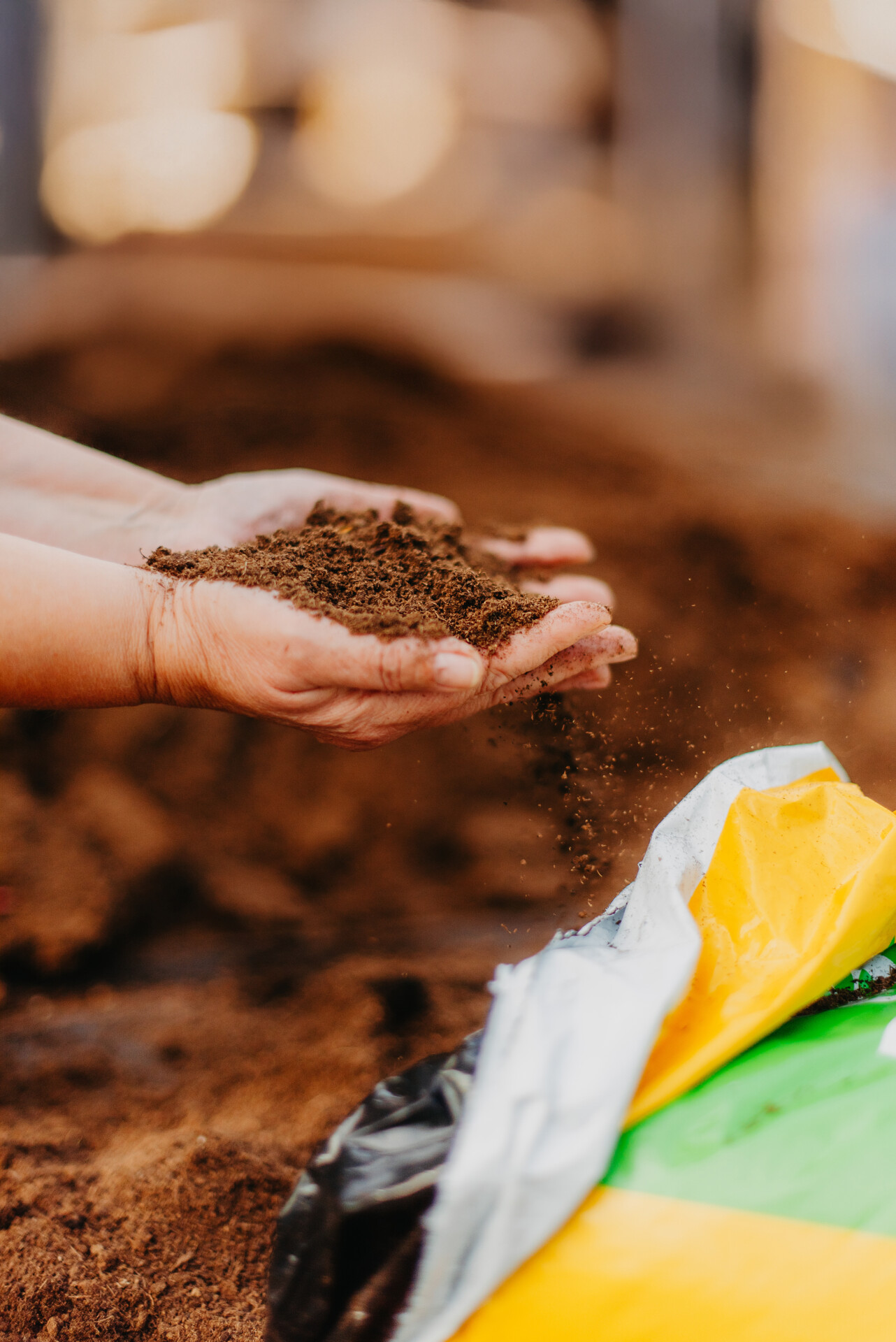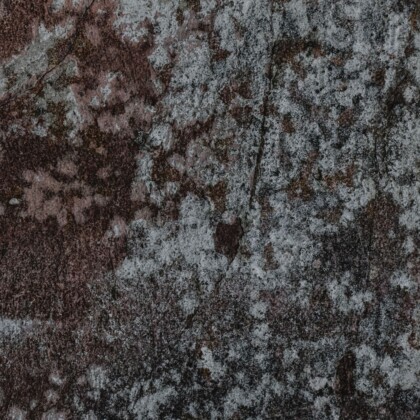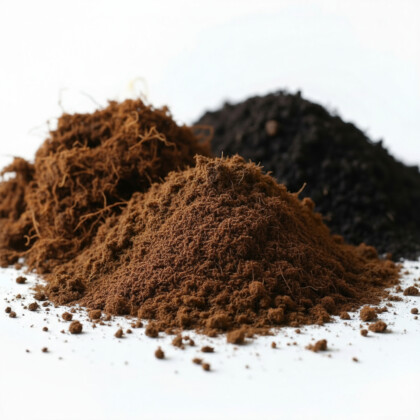

Compressed peat moss is a convenient and space-saving solution for horticulturists and gardeners worldwide. But before it can be used effectively in growing media, it must be properly rehydrated and restored to its original texture. In this blog post, we explain how to recover compressed peat moss and offer practical tips to ensure optimal results for your plants.
Read our previous blog post to learn more about peat moss packaging using EN 12580: Bulk Density Measurement in Horticultural Substrates.
Why Peat Moss is Compressed
Peat moss is often compressed into blocks or bales to reduce volume and make transportation more efficient. This process removes most of its air and moisture content, making the material dense and hydrophobic—meaning it resists water absorption. To restore its original qualities, careful rehydration and loosening are essential.
Read our previous blog post to learn more about efficient and reliable logistics principles.
Understanding Peat Moss’s Hydrophobic Nature
Dry peat moss tends to repel water at first, especially if it has been stored for a long time. This hydrophobic behavior can make rehydration frustrating if done too quickly or unevenly. Adding water too fast can cause it to pool and run off instead of soaking in. To solve this, moisture must be introduced slowly and evenly across the surface.
Step-by-Step Recovery Methods
1. Rehydrate Gradually
The most essential step is to add water slowly and allow time for it to be absorbed.
- Break the block into manageable chunks.
- Sprinkle water gently over the surface—avoid dumping it all at once.
- Use approximately 3–4 parts water to 1 part compressed peat by volume.
- Let it sit for 15–30 minutes, then mix.
- Repeat if needed until the moss is evenly moist but not soggy.
💡 Tip: Use lukewarm water or mix in small batches to speed up absorption.
2. Mix to Loosen the Texture
Once the peat is moist, you need to fluff it back to its original airy structure.
- Use a garden fork, trowel, or hands for small batches.
- For larger quantities, try a mixing paddle or rototiller.
- To improve aeration or drainage, consider adding perlite, vermiculite, or coco coir.
3. Adjust pH (Optional)
Peat moss naturally has a low pH (~3.5–4.5), which may not suit all plants. If your crops prefer a more neutral substrate, pH correction may be helpful.
- Add dolomitic lime or garden lime during mixing.
- Recommended dosage: 5–10 g per liter of dry peat.
- Allow the mixture to rest for a day for the pH to stabilize.
Storage Tips
If you don’t use all of the rehydrated peat immediately, store it in a way that preserves its moisture and cleanliness:
Use Airtight Containers or Bags
Seal the moist peat in airtight containers or heavy-duty plastic bags to retain moisture and prevent contamination.
Store in a Cool, Dry Place
Keep the peat in a shaded, well-ventilated area away from direct sunlight to avoid drying or algae growth.
Label with Rehydration Date
Mark containers with the date you rehydrated the peat to track freshness and rotation.
Avoid Compacting the Peat
Store it loosely to maintain its airy structure and water-holding capacity.
Use Within 2–4 Weeks
For best performance, use the stored peat moss within a few weeks—especially if no additives or preservatives are used.
Conclusion
Recovering compressed peat moss isn’t difficult, but it does require patience and the right method. Because dry peat is hydrophobic, slow and steady rehydration is key to restoring its full water-holding and structural capacity. With these simple techniques, you can make the most of your peat moss—whether you’re starting seedlings, blending potting mixes, or growing specialty crops.
Learn more About peat moss and Manufacturing processes by Etepek.


